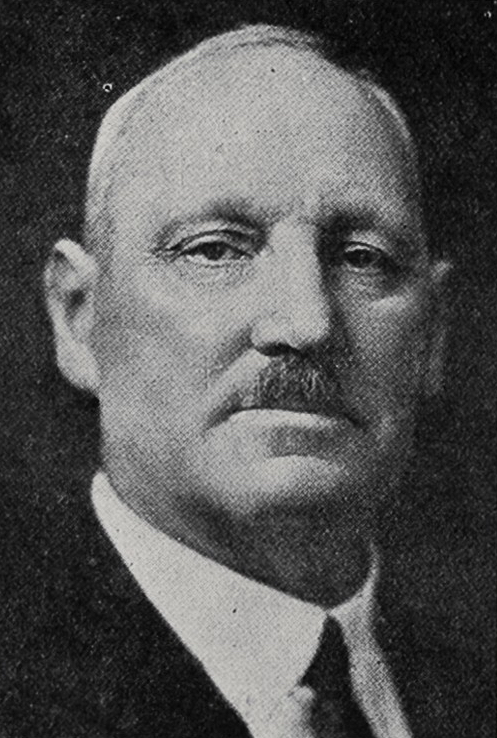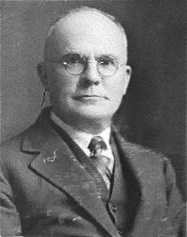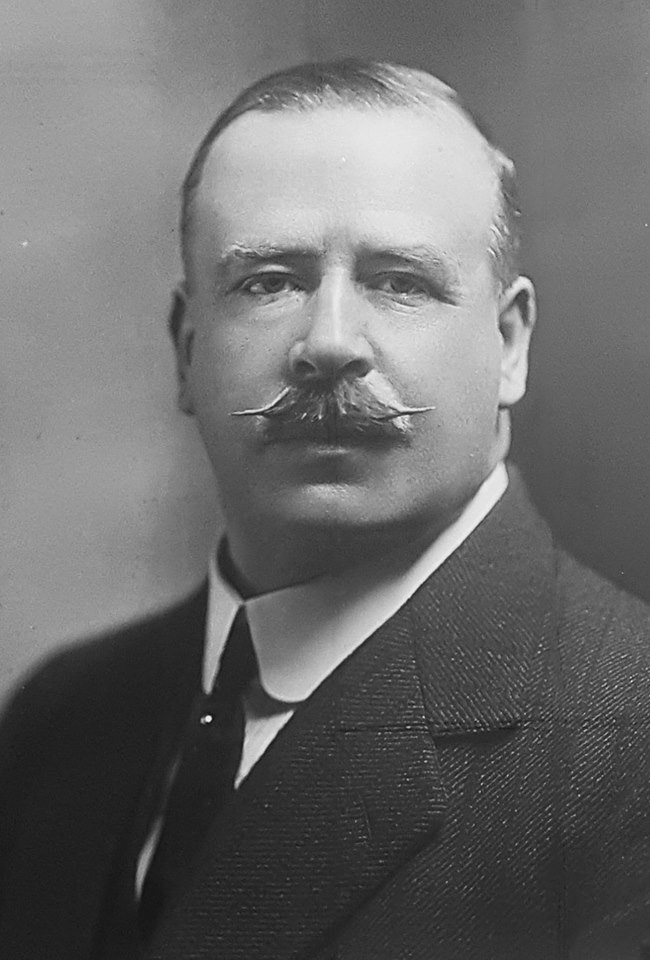|
Egmont (New Zealand Electorate)
Egmont is a former New Zealand electorate, in south Taranaki. It existed from 1871 to 1978. Geographic coverage Egmont is the old name of the mountain that is the Taranaki landmark of Mount Taranaki. A village north of the mountain is also called Egmont. History This rural electorate was formed in 1871. Mount Egmont, after which it is named, was confiscated from Māori by the New Zealand Government under the powers of thNew Zealand Settlements Act 1863 following the Second Taranaki War. William Gisborne was the first elected representative in 1871, elected unopposed. He was a minister in the third Fox Ministry and resigned from Parliament when the government fell on 10 September 1872. Harry Atkinson won the resulting 1872 by-election. He held the electorate until 1891, when he resigned. During this time, he was Premier on four occasions. Atkinson's resignation caused the 1891 by-election, which was won by Felix McGuire. He held the electorate until 1896, when he (successf ... [...More Info...] [...Related Items...] OR: [Wikipedia] [Google] [Baidu] |
New Zealand Electorates
An electorate or electoral district ( mi, rohe pōti) is a geographical constituency used for electing a member () to the New Zealand Parliament. The size of electorates is determined such that all electorates have approximately the same population. Before 1996, all MPs were directly chosen for office by the voters of an electorate. In New Zealand's electoral system, 72 of the usually 120 seats in Parliament are filled by electorate members, with the remainder being filled from party lists in order to achieve proportional representation among parties. The 72 electorates are made up from 65 general and seven Māori electorates. The number of electorates increases periodically in line with national population growth; the number was increased from 71 to 72 starting at the 2020 general election. Terminology The Electoral Act 1993 refers to electorates as "electoral districts". Electorates are informally referred to as "seats", but technically the term '' seat'' refers to an electe ... [...More Info...] [...Related Items...] OR: [Wikipedia] [Google] [Baidu] |
Walter Symes
Walter Symes (1852 – 14 October 1914) was a Liberal Party Member of Parliament in New Zealand. Biography Early life Walter Symes was born in Taranaki in 1852. He came from a rural background, with his parents (who were English immigrants) farming land at Mangorei at the outbreak of the New Zealand Wars. He lived in New Plymouth for some many years and it was there where he received his education in a school on the present site of Wesley Hall. He later moved to Wanganui. Political career He was elected as the Member of Parliament for the Egmont electorate from 1896 to 1902 representing the Liberal Party. He then held the Patea electorate from 1902 to 1908, when he was defeated standing for Stratford. Death Symes died in Hamilton Hamilton may refer to: People * Hamilton (name), a common British surname and occasional given name, usually of Scottish origin, including a list of persons with the surname ** The Duke of Hamilton, the premier peer of Scotland ** Lord ... [...More Info...] [...Related Items...] OR: [Wikipedia] [Google] [Baidu] |
1919 New Zealand General Election
The 1919 New Zealand general election was held on Tuesday, 16 December in the Māori electorates and on Wednesday, 17 December in the general electorates to elect a total of 80 MPs to the 20th session of the New Zealand Parliament. A total number of 560,673 (80.5%) voters turned out to vote. In 1919 women won the right to be elected to the House of Representatives. The law was changed late that year, and with only three weeks' notice, three women stood for Parliament. They were Ellen Melville in Grey Lynn, Rosetta Baume in Parnell, and Aileen Cooke in Thames. Ellen Melville stood for the Reform Party and came second. She stood for Parliament several more times and generally polled well but never won a seat. Results Though Labour Party captured only eight seats it received nearly a quarter of the votes – a shock to conservative minds due to Labour being founded only three years earlier in 1916. Party totals Votes summary Electorate results The table below shows ... [...More Info...] [...Related Items...] OR: [Wikipedia] [Google] [Baidu] |
Oswald Hawken
Oswald James Hawken (1870–1957) was a Reform Party Member of Parliament in New Zealand, and was a cabinet minister 1926–1928 in the Reform Government. He was elected to the Egmont electorate in the 1919 general election, but was defeated in 1928. In 1935, he was awarded the King George V Silver Jubilee Medal The King George V Silver Jubilee Medal is a commemorative medal, instituted to celebrate the 25th anniversary of the accession of King George V. Issue This medal was awarded as a personal souvenir by King George V to commemorate his Silver J .... References 1870 births 1957 deaths Reform Party (New Zealand) MPs Members of the Cabinet of New Zealand Members of the New Zealand House of Representatives New Zealand MPs for North Island electorates Unsuccessful candidates in the 1928 New Zealand general election {{NewZealand-politician-stub ... [...More Info...] [...Related Items...] OR: [Wikipedia] [Google] [Baidu] |
1912 Egmont By-election
The Egmont by-election of 1912 was a by-election held during the 18th New Zealand Parliament in the electorate of . The seat became vacant due to the resignation of Thomas Mackenzie after the fall of his government. The by-election was held on 17 September and was won by Charles Wilkinson Charles Wilkinson may refer to: * Charles Wilkinson (MP) (1725–1782), English Member of Parliament *Charles Edmund Wilkinson (1807–1870), acting Governor of British Ceylon * Charles Wilkinson (cricketer) (1813–1889), English cricketer and cle .... Results The following table gives the election results: References Egmont 1912 1912 elections in New Zealand Politics of Taranaki {{NewZealand-election-stub ... [...More Info...] [...Related Items...] OR: [Wikipedia] [Google] [Baidu] |
Charles Wilkinson (New Zealand Politician)
Charles Anderson Wilkinson (19 July 1868 – 3 November 1956) was a Reform Party (New Zealand), then Independent Member of Parliament for Egmont, in the North Island. He also served as mayor of Eltham from 1941 to 1947. Member of Parliament Wilkinson represented the Egmont electorate in the New Zealand House of Representatives from a 1912 by-election to 1919 (when he retired) and then again between 1928 and 1943. Wilkinson was a Reform MP between 1912–1919 and an Independent from 1928 to 1943 In 1935 and 1938 he was not opposed by National, and he habitually voted with National. He was briefly involved with the National Party, but after he lost its first leadership vote by one vote against Adam Hamilton, he continued to represent the Egmont electorate as an Independent. In 1935, he was awarded the King George V Silver Jubilee Medal. In the 1951 New Year Honours, Wilkinson was appointed a Commander of the Order of the British Empire The Most Excellent Order ... [...More Info...] [...Related Items...] OR: [Wikipedia] [Google] [Baidu] |
Thomas Mackenzie
Sir Thomas Mackenzie (10 March 1853 – 14 February 1930) was a Scotland, Scottish-born New Zealand politician and explorer who briefly served as the List of Prime Ministers of New Zealand, 18th prime minister of New Zealand in 1912, and later served as New Zealand List of high commissioners of New Zealand to the United Kingdom, High Commissioner in London. Biography Early life and career Mackenzie was born in Edinburgh in 1853. His family emigrated to New Zealand in 1858 when he was four and Mackenzie was educated at Green Island, New Zealand, Green Island School and at the Stone School, both in Dunedin. After ending his education in his early teens he worked for several years in commercial firms before, aged 20, following his brother James into surveying. He gained employment at the Department of Lands and Survey and worked in several locations including the Hutt Valley, Rangitikei District, Rangitikei and Manawatū-Whanganui, Manawatu before finally returning to his hom ... [...More Info...] [...Related Items...] OR: [Wikipedia] [Google] [Baidu] |
1911 New Zealand General Election
The 1911 New Zealand general election was held on Thursday, 7 and 14 December in the general electorates, and on Tuesday, 19 December in the Māori electorates to elect a total of 80 MPs to the 18th session of the New Zealand Parliament. A total number of 590,042 (83.5%) voters turned out to vote. In two seats (Eastern Maori and Gisborne) there was only one candidate (not one seat, as in Wilson). Outcome The result was that the Liberal Party, which had won a majority of seats (50 of 80) in Parliament, lost 17 seats and its majority, winning only 33. The Reform Party gained 9 to obtain a plurality (37) of seats. , Elections.org Liberal Prime Minister |
1908 New Zealand General Election
The 1908 New Zealand general election was held on Tuesday, 17 and 24 November and 1 December in the general electorates, and on Wednesday, 2 December in the Māori electorates to elect a total of 80 MPs to the 17th session of the New Zealand Parliament. A total number of 537,003 (79.8%) voters turned out to vote. Changes to the electoral law The Second Ballot Act 1908 provided for second or runoff ballots between the top two candidates where the top candidate did not get an absolute majority. The second ballot was held 7 days after the first ballot except in 10 large rural seats, where 14 days were allowed. In 1908, 22 second ballots were held on 24 November and 1 (Bay of Plenty) on 1 December. At the 1911 election, all 30 second ballots were held 7 days later. Two 1909 by-elections (in Rangitikei and Thames) also required second ballots. The Second Ballot Act of 1908, which did not apply to the Maori electorates, was repealed in 1913. Summary of results Party totals The follo ... [...More Info...] [...Related Items...] OR: [Wikipedia] [Google] [Baidu] |
Bradshaw Dive
Bradshaw Dive (2 August 1865 – 17 April 1946) was a Reform Party Member of Parliament in New Zealand. He was elected to the Egmont electorate in the 1908 general election, but was defeated in 1911. He later served as Mayor of Tauranga The Mayor of Tauranga is the head of the municipal government of Tauranga, New Zealand, and presides over the Tauranga City Council. There is currently no Mayor of Tauranga. On 9 February 2021, a Crown Commission appointed by the Minister of L .... Notes References * 1865 births 1946 deaths Reform Party (New Zealand) MPs Mayors of Tauranga Members of the New Zealand House of Representatives New Zealand MPs for North Island electorates Unsuccessful candidates in the 1911 New Zealand general election {{NewZealand-mayor-stub ... [...More Info...] [...Related Items...] OR: [Wikipedia] [Google] [Baidu] |
Taumarunui (New Zealand Electorate)
Taumarunui was a parliamentary electorate in the King Country in the Manawatū-Whanganui region of New Zealand from 1908 to 1919. The electorate was represented by two Members of Parliament. Population centres In the 1907 electoral redistribution, a major change that had to be allowed for was a reduction of the tolerance to ±750 to those electorates where the country quota applied. The North Island had once again a higher population growth than the South Island, and three seats were transferred from south to north. In the resulting boundary distribution, every existing electorate was affected, and three electorates were established for the first time, including the Taumarunui electorate. These changes took effect with the . The initial area covered by the Taumarunui electorate was quite large. Settlements that were initially included were Taumarunui, Tūrangi, Ohakune, Waiouru, Pipiriki, Raetihi, Ōhura, Waitara, Mōkau, Awakino, Kawhia, Ōtorohanga, and Te Kuiti. In the 1911 ... [...More Info...] [...Related Items...] OR: [Wikipedia] [Google] [Baidu] |
1902 New Zealand General Election
The 1902 New Zealand general election was held on Tuesday, 25 November, in the general electorates, and on Monday, 22 December in the Māori electorates to elect a total of 80 MPs to the 15th session of the New Zealand Parliament. A total number of 415,789 (76.7%) voters turned out to vote. The Rev Frank Isitt was nominated as the Prohibitionist candidate for ten separate electorates, and came second in eight. Another candidate, David Whyte, was nominated for two. Both men stood to ensure that a local liquor licensing poll was held in each electorate for which they were nominated. 1902 electoral redistribution The Representation Act 1900 had increased the membership of the House of Representatives from general electorates 70 to 76, and this was implemented through the 1902 electoral redistribution. In 1902, changes to the country quota affected the three-member electorates in the four main centres. The tolerance between electorates was increased to ±1,250 so that the Represent ... [...More Info...] [...Related Items...] OR: [Wikipedia] [Google] [Baidu] |





